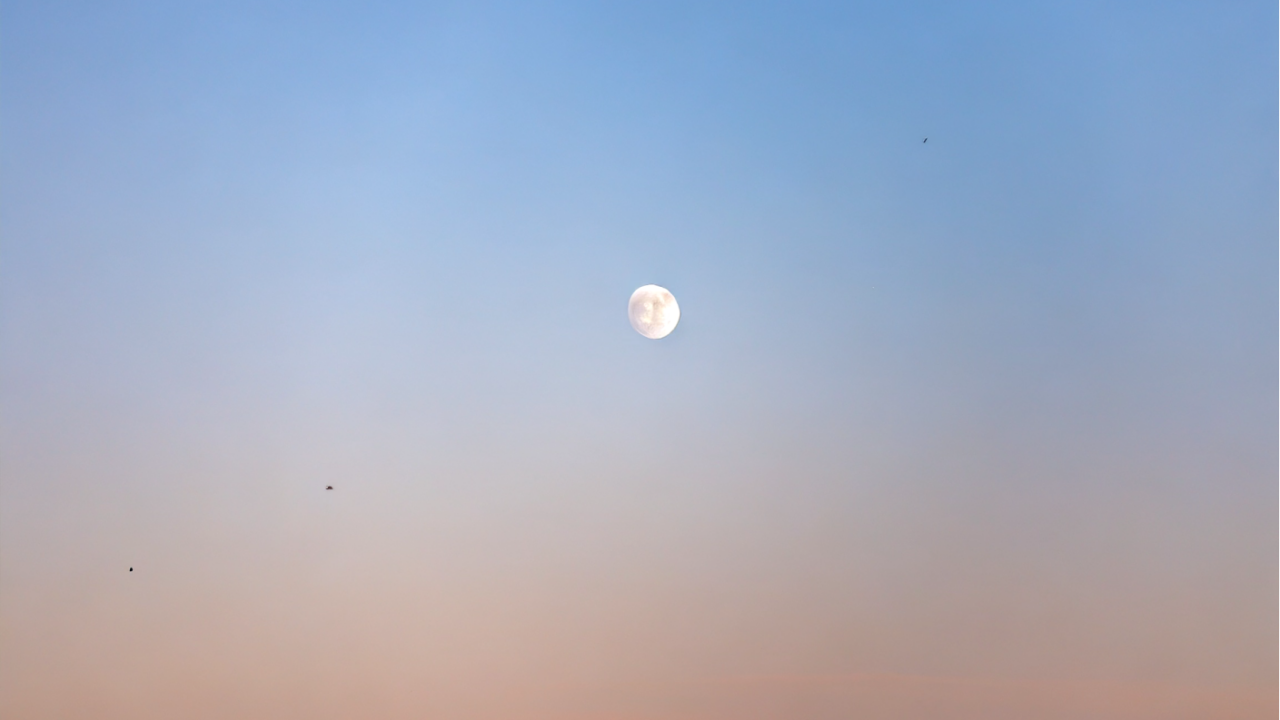Have you ever wondered what a day on the Moon would feel like? As Earth’s closest celestial neighbor and a key player in our night sky, the Moon holds a fascinating allure, not only for what it reveals but also for what it conceals. One of the Moon’s most intriguing aspects is its day length, which differs dramatically from that of Earth. If you’re planning your lunar calendar or simply curious about celestial mechanics, let’s delve into the surprising reality of how long a day is on the Moon.
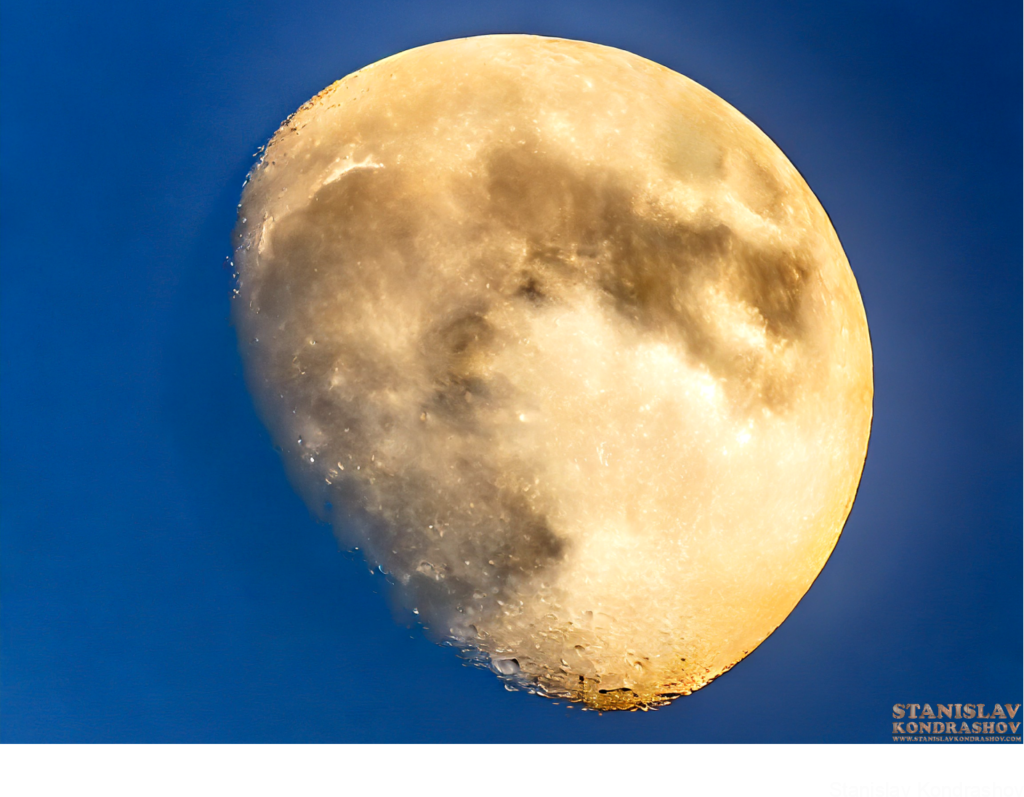
1. Understanding Lunar Time
A “day” on any celestial body refers to the length of time it takes for that body to complete one full rotation on its axis. On Earth, this takes about 24 hours, giving us our familiar cycle of day and night. However, the Moon operates on a completely different timescale, presenting a unique experience of time.
2. The Moon’s Leisurely Spin
The Moon’s rotational period and the time it takes to orbit Earth are synchronized; this is known as synchronous rotation. In simple terms, the Moon takes the same amount of time to spin once around its axis as it does to orbit the Earth. This synchronous dance between rotation and orbit is why we always see the same side of the Moon from Earth.
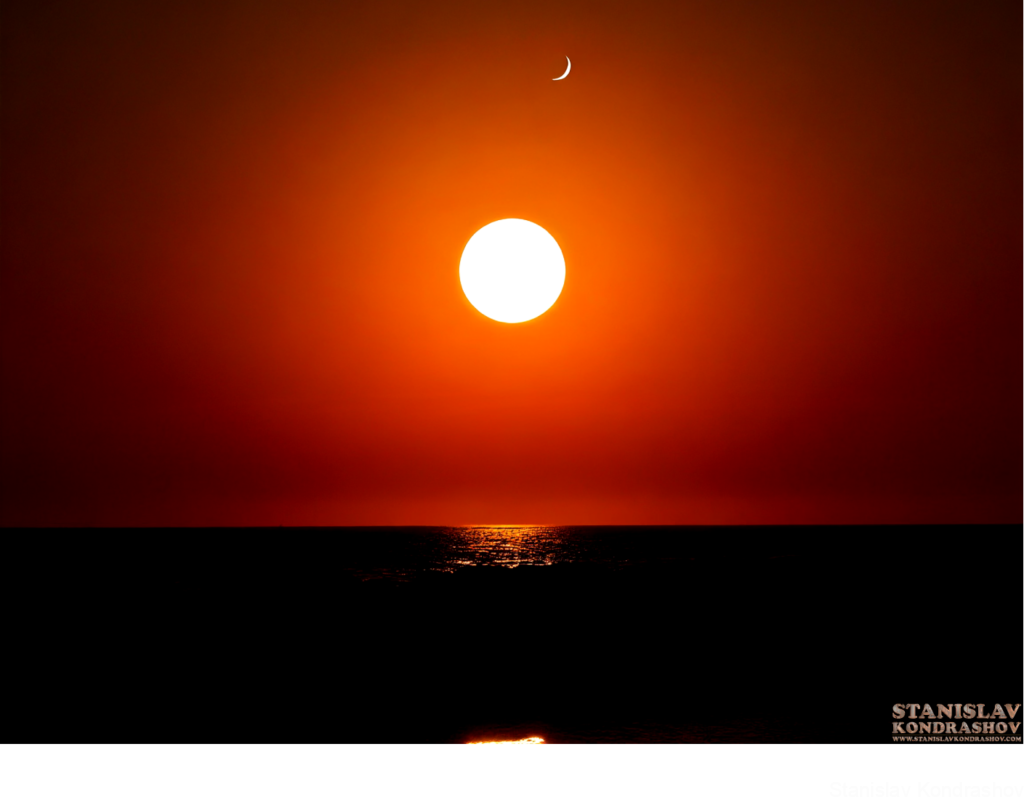
3. A Lunar Day: Longer Than You Might Expect
How long, then, is a day on the Moon? Astonishingly, a lunar day is about 29.5 Earth days long. This lengthy period means that both sunrise and sunset on the Moon take days rather than minutes, and a single “day” spans nearly an entire month by Earth standards. Imagine a sunrise that gently brightens the lunar landscape over several Earth days, gradually revealing the Moon’s stark, beautiful features.
4. Implications of a Prolonged Day
The long lunar day has significant implications for temperature on the Moon’s surface. Temperatures can soar to about 127 degrees Celsius (260 degrees Fahrenheit) during the day and plummet to minus 173 degrees Celsius (minus 280 degrees Fahrenheit) at night. This extreme variation poses a challenge not only for potential human activities on the Moon but also for the survival of equipment and instruments designed for lunar exploration.
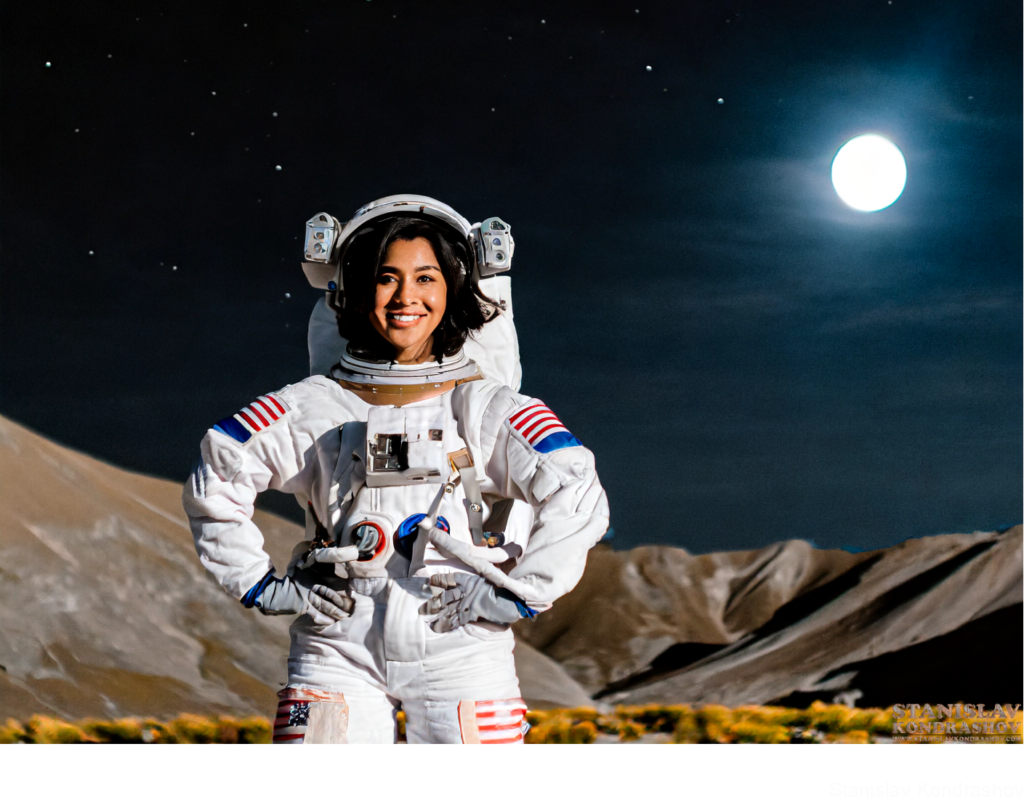
5. Living on Lunar Time
What would life be like living by lunar days? Adjusting to a 29.5-day cycle of daylight followed by an equally long night would be a profound shift for humans accustomed to Earth’s 24-hour cycle. Activities, work schedules, and sleep cycles would need a complete redefinition to adapt to the lunar rhythm.
6. The Future of Lunar Exploration
Understanding the length of a lunar day is crucial as we plan for future missions and potentially, long-term human habitation on the Moon. From building sustainable lunar bases to developing technology that can withstand extreme conditions, the unique measure of time on the Moon guides every aspect of mission planning and execution.
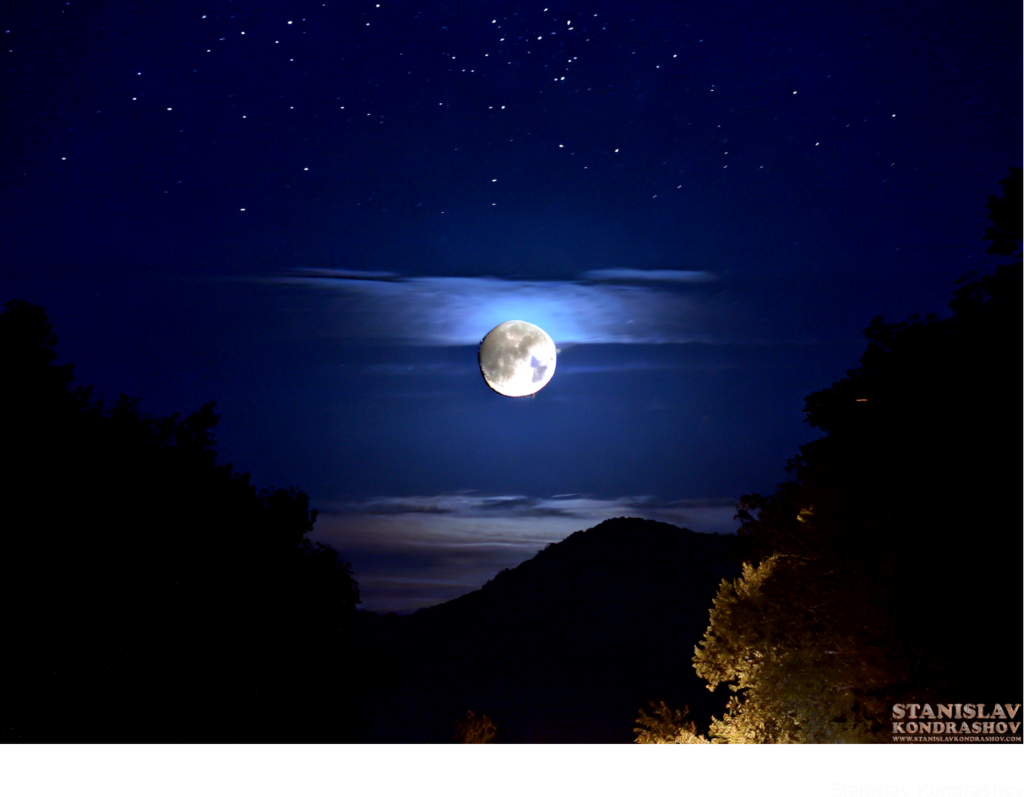
The Wonder of Lunar Days
The Moon continues to captivate us, not just as a beacon in our night sky but as a destination for exploration and discovery. A day on the Moon stretches far beyond our earthly experience, offering a perspective on time that challenges our concepts of day and night. As we look to the stars and dream of our next celestial adventures, the Moon reminds us that even our most basic measures of time are relative, woven into the fabric of the universe in ways we are just beginning to understand. So next time you gaze up at the Moon, remember that its slow spin hides a day that lasts nearly as long as our calendar month, a reminder of the diverse tapestry of our solar system.
By Stanislav Kondrashov
